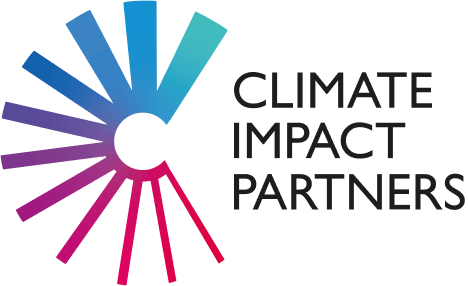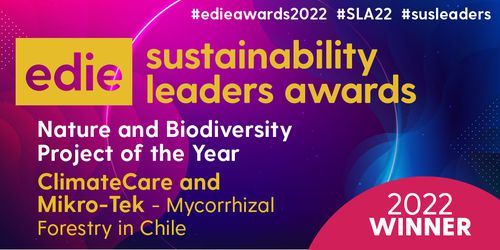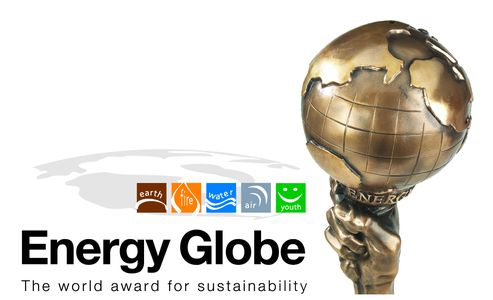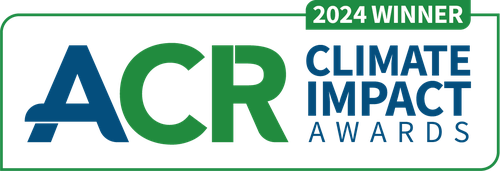Located in Maine, this biochar project involves the construction of a pyrolysis pilot facility to create high-quality biochar from woodchips and sawdust from a nearby lumber mill. The biochar machines will supply thermal energy to our sawmill host at a lower cost and with lower emissions than their existing or alternative boiler systems, becoming critical infrastructure for the mill, and assuring their continuous operation.
This plant will supply biochar for the local bagged and bulk soils industry, landscapers and tree services, state and municipal agencies and contractors doing environmental remediation, stormwater management and urban tree planting and grant funded research projects. The project is expected to remove approximately 90,000 tCO2e over its 30-year project life.
While the carbon removal of biochar projects is achieved in the same way as afforestation and reforestation projects, through organic biomass growth, the long-term storage of those carbon removals is enhanced as biochar can store carbon for centuries once mixed into soil. Biochar directly solves for the non-permanence risk of nature-based carbon removal projects.
What is biochar?
Biochar or biological charcoal is a charcoal-like, carbon-rich substance created from sustainable biomass sources like agricultural waste, wood chips, plant residues, and manure. It is a stable, lightweight black material primarily composed of carbon and ashes.
Key characteristics of biochar include:
- Composition: Approximately 70% carbon, with remaining percentages of nitrogen, hydrogen, and oxygen
- Physical properties: Black, highly porous, fine-grained, and lightweight
- Primary purpose: Carbon sequestration and soil enhancement
How is biochar produced?
Biochar production primarily works through a process called pyrolysis, which involves heating biomass in the absence or limited presence of oxygen. Here's how the process typically works:
- Feedstock preparation: Organic materials such as agricultural residues, wood waste, or other biomass are collected and prepared for processing
- Thermal conversion: The biomass is heated to high temperatures (typically 350-700°C) in a specially designed furnace or reactor with limited oxygen
- Decomposition: As the material is heated, it undergoes thermal decomposition, releasing volatile gases and leaving behind carbon-rich biochar
- Collection of by-products: The process yields several valuable products:
- Biochar: The primary solid residue
- Syngas: A mixture of combustible gases (e.g., methane, carbon monoxide)
- Bio-oil: Condensed liquid hydrocarbons
- Processing and application: The biochar is then cooled and can be further processed or applied directly as a soil amendment
In addition to delivering emission removals over the project’s lifetime to take climate action (SDG 13), the project delivers additional benefits:
- Zero Hunger: Increases proportion of agricultural area under productive and sustainable agriculture
- Clean Water and Sanitation: Increases proportion of bodies of water with good ambient water quality
- Affordable and Clean Energy: Increases proportion of population with primary reliance on clean fuels and technology
- Sustainable Cities and Communities: Increases proportion of financial support to the least developed countries that is allocated to the construction and retrofitting of sustainable, resilient and resource-efficient buildings utilizing local materials
- Responsible Consumption and Production: Decreases hazardous waste generated per capita and proportion of hazardous waste treated, by type of treatment
- Life on Land: Increases progress towards sustainable forest management
Our goal is to deliver 1 billion tonnes of emissions reductions and removals
600+ projects have been supported by Climate Impact Partners
100+ million tonnes of emissions reduced through carbon finance
Delivering towards the Global Goals

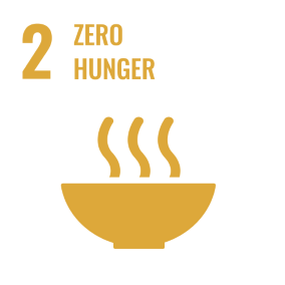
Zero Hunger
End hunger, achieve food security and improved nutrition
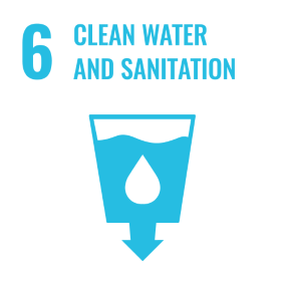
Clean Water and Sanitation
Ensure access to water and sanitation for all
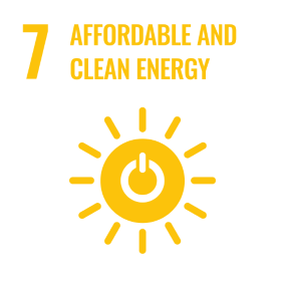
Affordable and Clean Energy
Ensure access to affordable, reliable, sustainable and modern energy
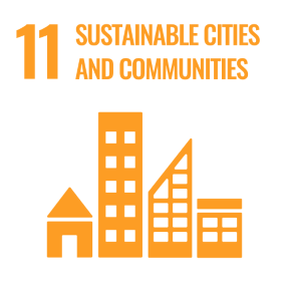
Sustainable Cities and Communities
Make cities inclusive, safe, resilient and sustainable
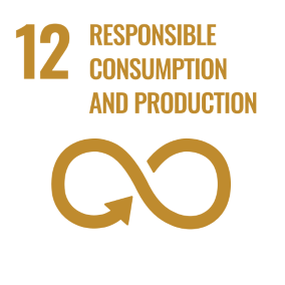
Responsible Consumption and Production
Ensure sustainable consumption and production patterns
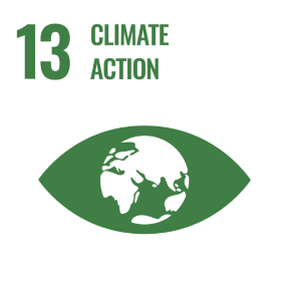
Climate Action
Take urgent action to combat climate change and its impacts
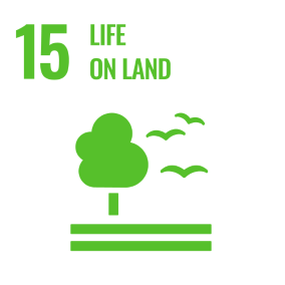
Life on Land
Sustainably manage forests, combat desertification, halt and reverse land degradation, halt biodiversity loss


Supporting our projects delivers on multiple UN Sustainable Development Goals (SDGs). You can read more on the Goals below.
Learn more about the global goalsNext Steps
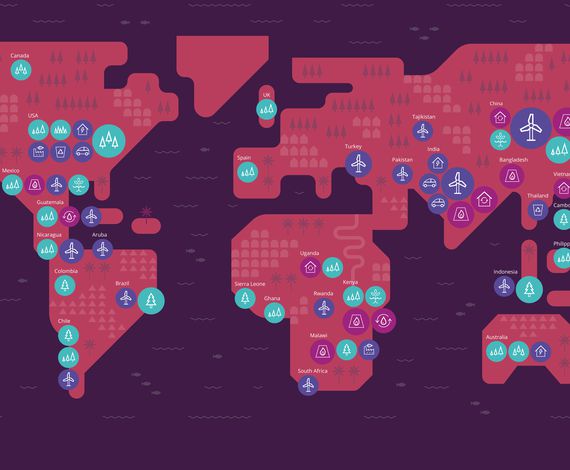
Explore our projects
Explore our range of projects across the globe: nature based solutions, health and livelihoods and sustainable infrastructure.
Explore
Business Solutions
We are the leading solutions provider for carbon offsetting, net zero, carbon neutrality and carbon finance project development.
Read more